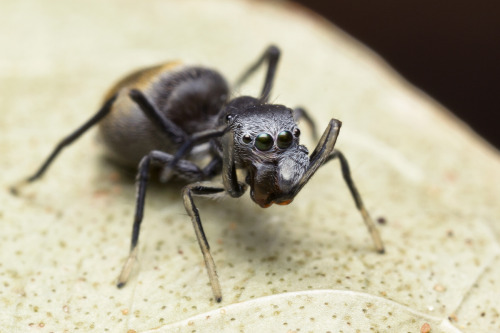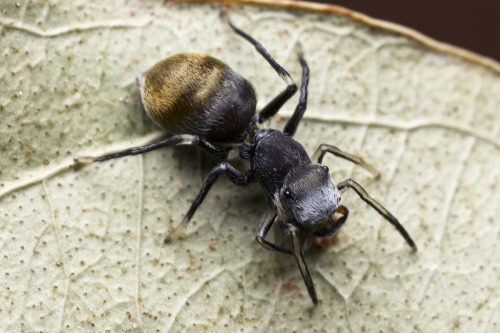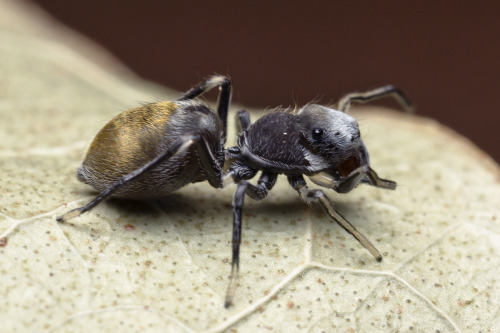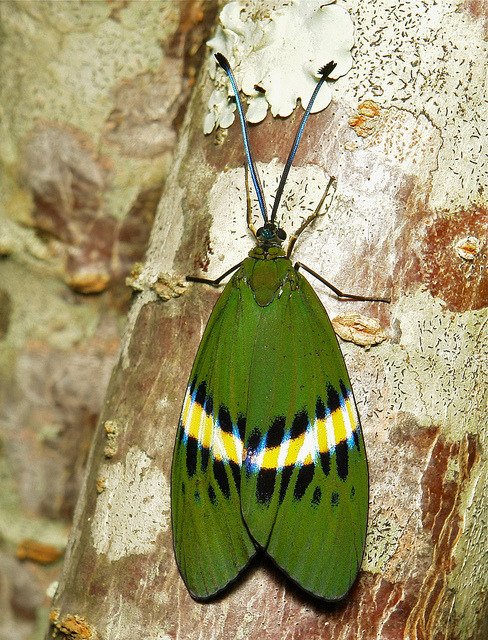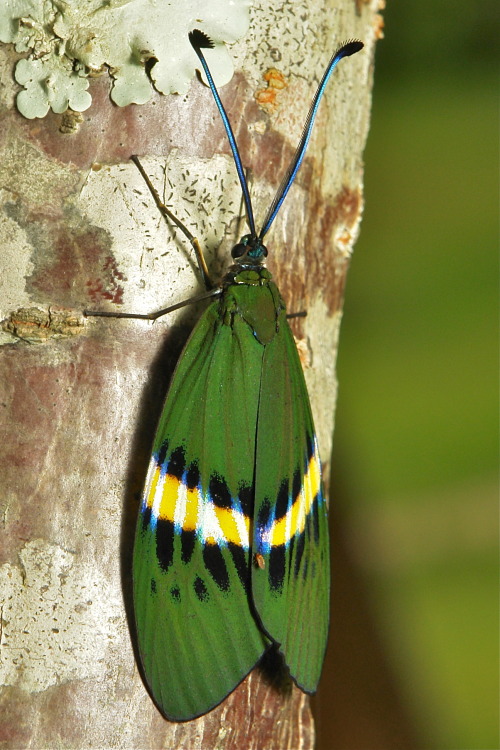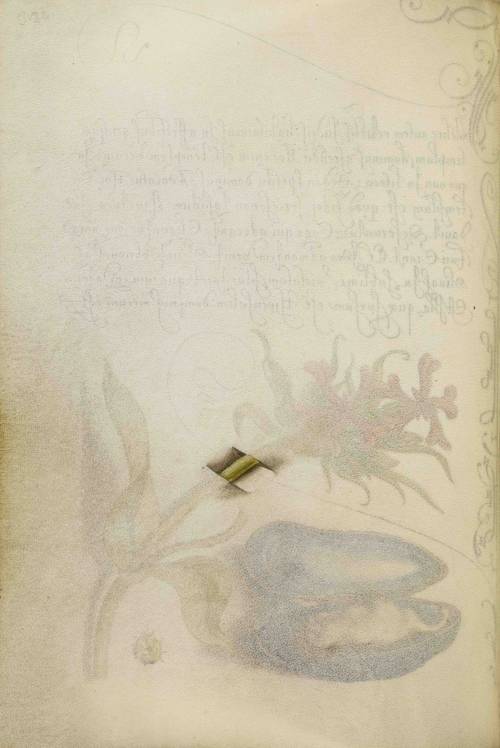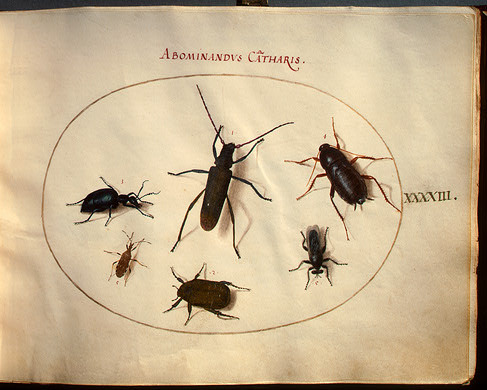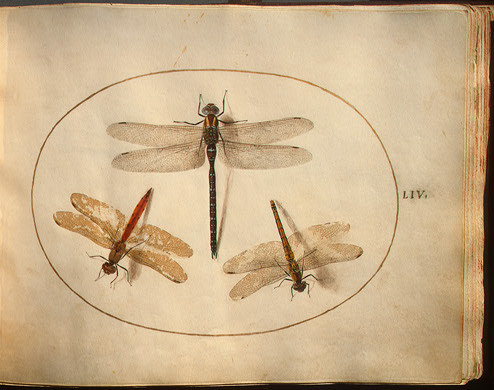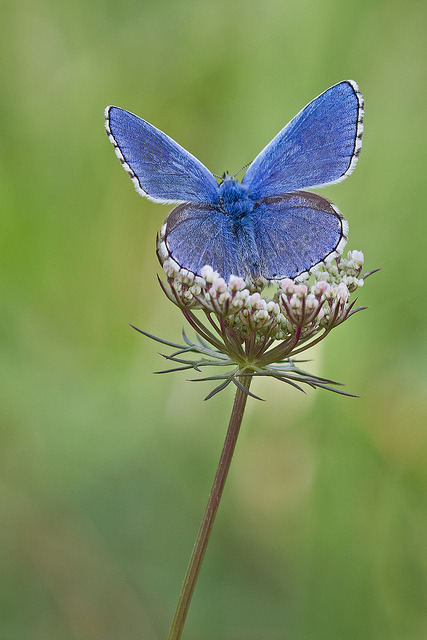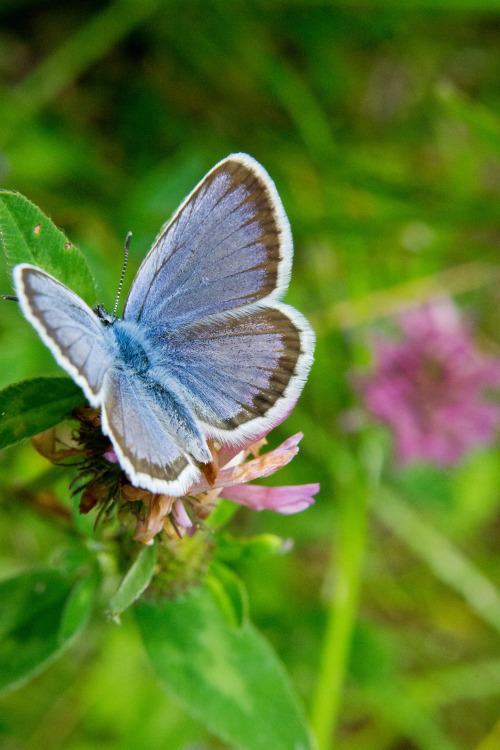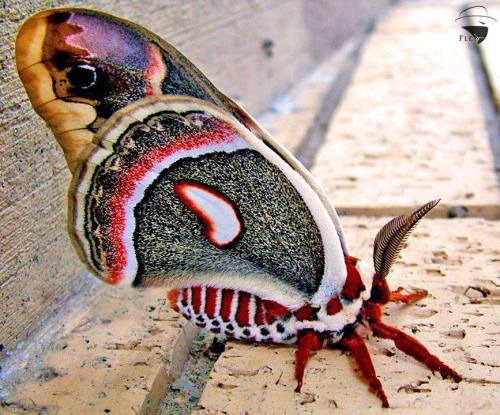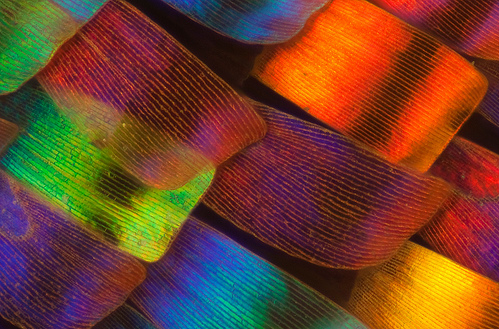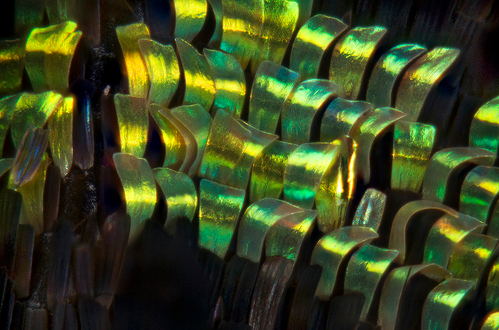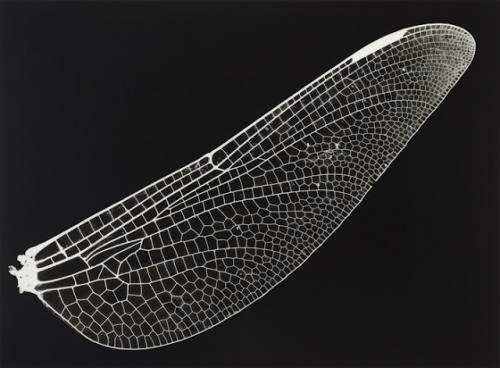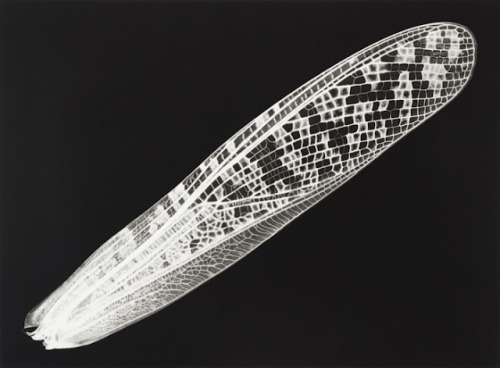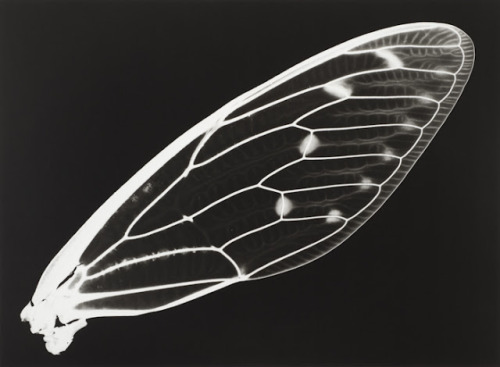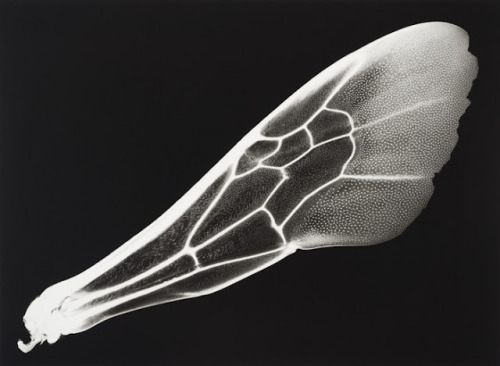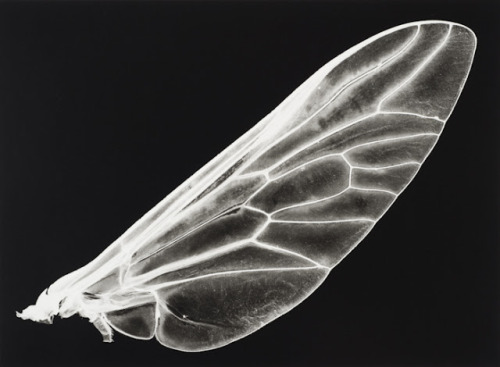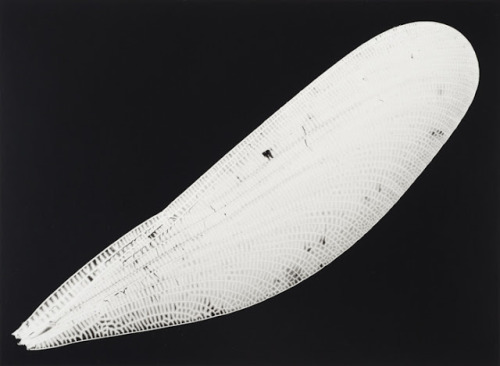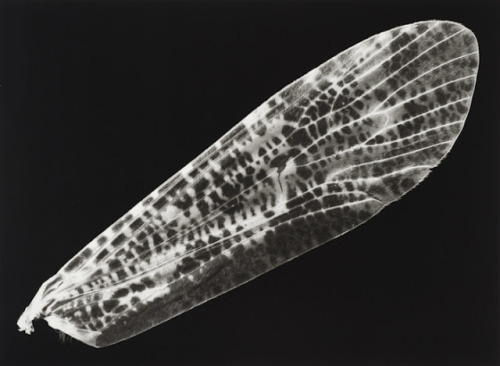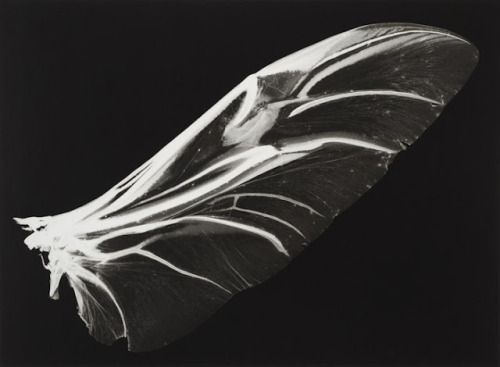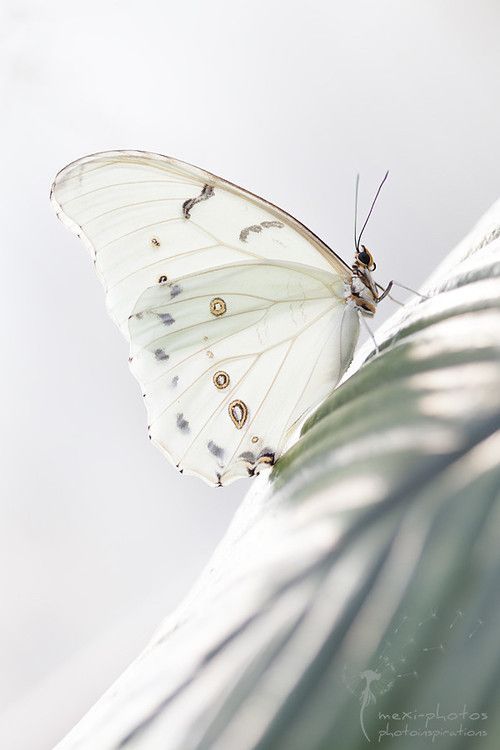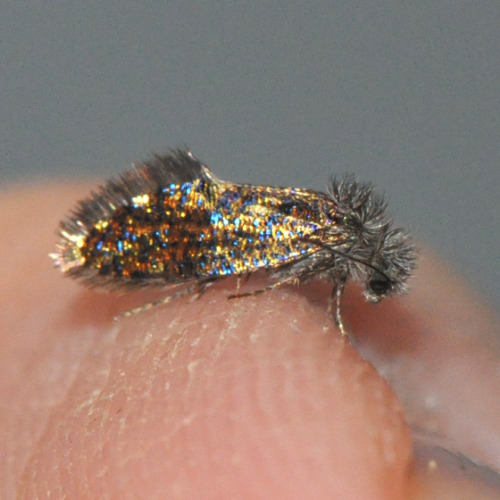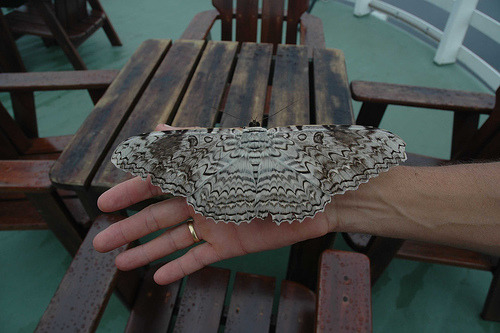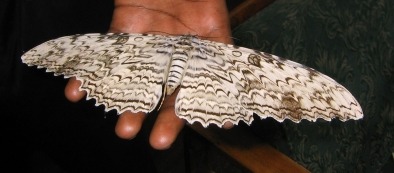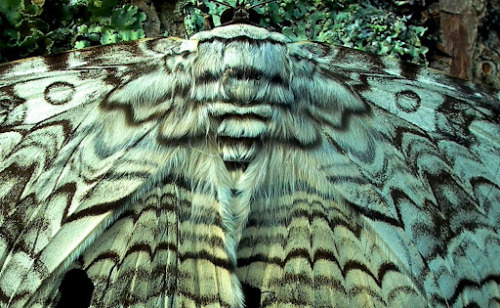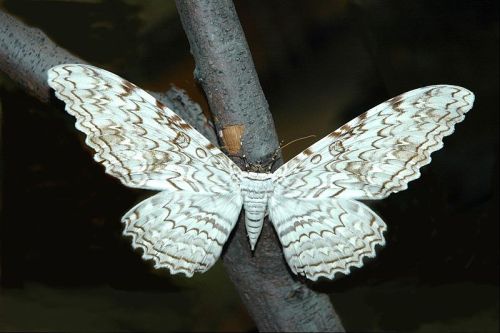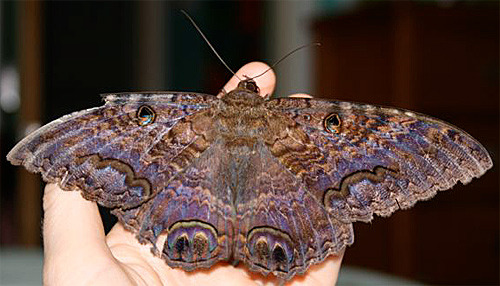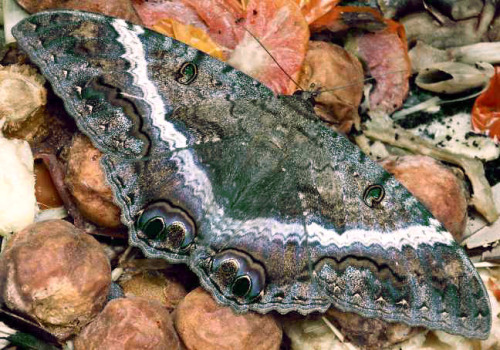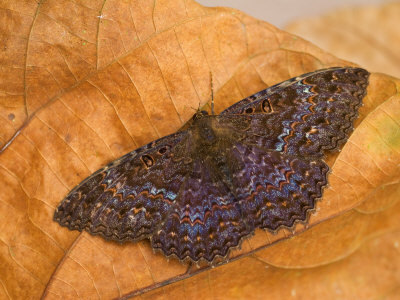Moth of the Week: White Witch & Black Witch Moth, Thysania agrippina & Ascalapha odorata
This week is a double feature (mostly because I couldn’t find much information on the White Witch Moth for some reason). These closely-related Noctuidae moths have quite the interesting mythos behind them!
First up is Thysania agrippina, the White Witch Moth! Found in Mexico to South America, these moths have the honor of being known as having the longest insect wingspan in the world—they can get up to thirteen inches long! As a rare and elusive species, not much is known about their life cycles, although some scientists project that caterpillars may prefer wooly legumes as their host plants. Another loose assumption that can be made is that, like most moths, they live for only about a week or two after emerging as imagoes, and may feed, although this is unknown. Their brilliant patterns and white to gold-ish coloring helps them blend in marvelously with their surroundings! They are also known as the Birdwing Moth, Gavilana, Ghost Moth, Giant Agrippina, Great Grey Witch, Great Owlet Moth, Moon Moth or Strix Moth. Should you ever find one, consider yourself very lucky!
Next up is its considerably smaller cousin (its wingspan is about seven inches), Ascalapha odorata, although it holds its own; it is considered the largest moth north of Mexico. It is found all over North America, although it mainly prefers the South. They regularly make frequent trips to Florida to finish their life cycle. Like most moths, they prefer to fly at night, although they can be found during the day for easy photography. Caterpillars can grow up to seven inches long and eat a variety of foodstuffs. They are not considered pests. Adult moths are attracted to bright lights, alcohol, fruits, and puddles. They have several generations per year.
There is interesting mythology behind Black Witch Moths. In Mexico, they are a symbol of death. If a moth enters a sick person’s house, it is said by the Mayans that this person will die. In other versions of the legend, this happens only if the moth visits all four corners of the house. There’s also a joke that if a moth flies over a person’s head, he will lose his hair! Another one yet—seeing one means that you have a curse! In Hawaii, Black Witch Moths are the souls of the departed coming back to visit their loved ones. In the Bahamas and Texas, if one stays at a house for a while, that means the owners are about to come into a lot of money. They are also known as “Mariposa de la muerte” (Mexico & Costa Rica)[1], “Pirpinto de la Yeta” (Argentina), “Tara Bruja” (Venezuela) or simply “Mariposa negra” (Colombia); in Nahuatl (Mexico) it is “Miquipapalotl” or “Tepanpapalotl” (miqui = death, black + papalotl = moth); in Quechua (Peru) it is “Taparaco”; in Mayan (Yucatán) it is “X-mahan-nail” (mahan = to borrow + nail = house)[2]; in Jamaica and the Caribbean, the moth is known as the “Duppy Bat” or “Money moth”[3]. Other names for the moth include the Papillion-devil, La Sorcière Noire, or the Mourning or Sorrow moth [Wikipedia].
http://en.wikipedia.org/wiki/Ascalapha_odorata
http://www.texasento.net/witch.htm
http://www.naba.org/chapters/nabast/witch.html
http://www.eversostrange.com/2011/12/21/the-white-witch-moth/
http://www.texasento.net/agrippina.htm
http://www.whatsthatbug.com/2009/07/10/white-witch-from-trinidad/

